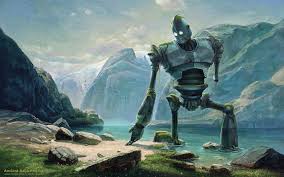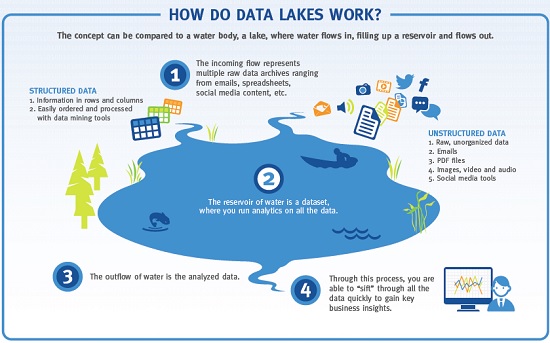
The Concept Fan is a way of discovering alternative approach’s to a
problem when you have discarded all obvious solutions. It develops the
principle of 'taking a step back' to get a broader viewpoint. Initially,
the Concept Fan requires you to draw a circle in the middle of a large
piece of paper. Write the problem you are trying to solve in the circle.
To the right of it radiate lines representing possible solutions to the
problem see the diagram below:
It is possible that the ideas you have come up with are impractical
or do not really solve the problem. If this is the case, take a 'step
back' for a broader analysis of the problem. Drawing a circle to the
left of the first circle does this, writing the broader definition into
this new circle and linking it with an arrow to show that it comes from
the first circle, see diagram below:
Use this as a starting point to radiate out other ideas, if this does
not give you an adequate amount of new ideas, you can take yet another
step back (and another, and another…)











| Idea generation
|
|
APPLICATION FIELDS
|
- Improvement/tasks: to deeply examine an on-going
thing or the methods used commonly to deal with a task. In fact, this
technique can underline a relevant concept and then the attention can
shift on the methods to realize operatively that concept.
- Problems: this technique is used in case a considerable creative effort
is necessary;
- Projects;
- Forecasting of future trends;
- Strategy;
|
|
PROS
|
It is a very systematic method, which proceeds step-by-step
and lets emerge a lot of new fix points
|
|
CONS
|
Sometimes this technique let emerge ideas, which
may be useful but not always innovative.
|
|
DESCRIPTION
|
Concepts fan is an elaborate system for seeking alternatives
by means of concepts, which constitute a series of fix points: each of them
will be the basis for a subsequent seeking. It is particularly useful for
the so called “realizing thinking”, which entails the solution
of a problem or the execution of a task.
This technique is based on the principle of “doing a step backwards”:
starting from an aim, we move back reaching to general concepts or “directions”
to be taken to achieve the goal. Then, starting from the “directions”,
we move again back reaching to other “concepts” or means to
follow those directions: in other words, each general concept or “direction”
becomes the fix point to seek alternative “concepts”. Finally,
from concepts we go back again and we find the “ideas”, which
are the operative ways to realize concepts.
Concepts fan is constituted, therefore, by three levels:
- Directions: the most general concepts occurring.
- Concepts: general methods to do something.
- Ideas: operative and specific methods to realize a concept.
Procedure
example:
- A circle is drawn in the middle of a big sheet and inside this circle
the problem requiring a solution is written. For example, a problem
could be “Clean local beach” (yellow circle in Fig. 1);
- On the right of the circle lines are drawn, representing possible
solutions to the problem (pink lines in Fig. 1). In the considered example:
Problem: Clean local beach.
Ideas: Filter sea water;
Litter patrols on the beach;
Fig. 1– Diagram of phases 1-2

- It is possible that the obtained ideas are not feasible or that they
do not solve really the problem. If this is the case, the principle
of “doing a step backwards” is applied to a wider problem
analysis. According to this, another circle is drawn on the left of
the first one and a wider definition of the given problem is written
inside of it. This new circle (green) is linked to the first one by
an arrow, in order to demonstrate that it is derived from it (Fig.2).
Initial problem: clean local beach;
Widened problem: control pollution entering the sea;
Fig.2 - Diagram of phases 1-2-3

- This new circle will be used as starting
point to generate new ideas. If solutions are not found, another step
back could be done (and so on) until a "winning idea" is reached.
It is important to be able to play with "concepts". These are
expressed in general and indefinite terms and they have to be realized
by means of a specific "idea". The aim is to be able to generate other
ideas.
Sometimes concepts are directly created. Sometimes it is more useful to
go up from an idea to the hidden concept, in order to find better
solutions.
There are "target" concepts, referring to what it is striven to do;
other concepts, instead, describe the mechanism enabling to realize the
desired effects; other ones, finally, refer to value and to the way in
which this latter is created.  |  | |    | |
| | | | | |










Tidak ada komentar:
Posting Komentar